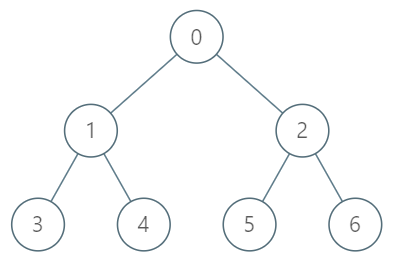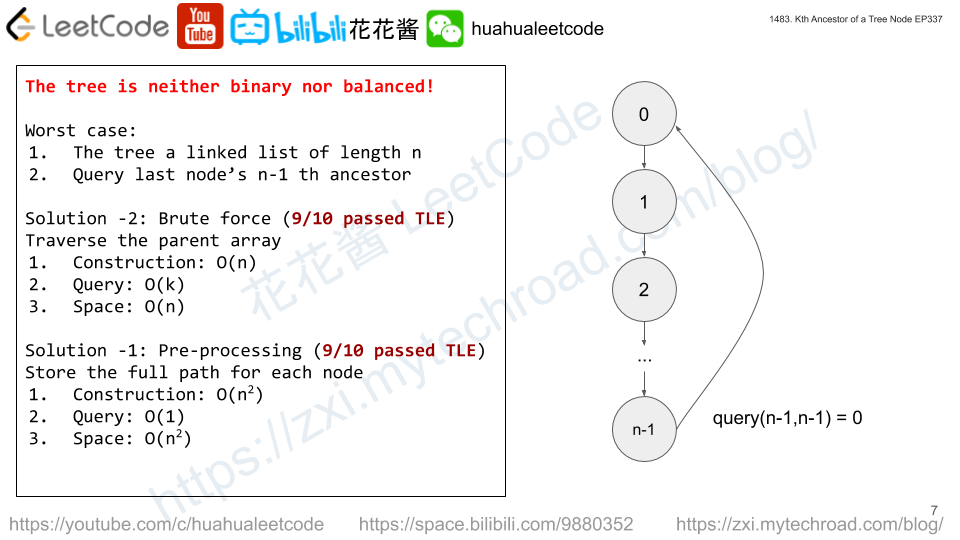
Winston was given the above mysterious function func. He has an integer array arr and an integer target and he wants to find the values l and r that make the value |func(arr, l, r) - target| minimum possible.
Return the minimum possible value of |func(arr, l, r) - target|.
Notice that func should be called with the values l and r where 0 <= l, r < arr.length.
Example 1:
Input: arr = [9,12,3,7,15], target = 5 Output: 2 Explanation: Calling func with all the pairs of [l,r] = [[0,0],[1,1],[2,2],[3,3],[4,4],[0,1],[1,2],[2,3],[3,4],[0,2],[1,3],[2,4],[0,3],[1,4],[0,4]], Winston got the following results [9,12,3,7,15,8,0,3,7,0,0,3,0,0,0]. The value closest to 5 is 7 and 3, thus the minimum difference is 2.
Example 2:
Input: arr = [1000000,1000000,1000000], target = 1 Output: 999999 Explanation: Winston called the func with all possible values of [l,r] and he always got 1000000, thus the min difference is 999999.
Example 3:
Input: arr = [1,2,4,8,16], target = 0 Output: 0
Constraints:
1 <= arr.length <= 10^51 <= arr[i] <= 10^60 <= target <= 10^7
Solution: Brute Force w/ Optimization
Try all possible [l, r] range with pruning.
1. for a given l, we extend r, since s & x <= s, if s becomes less than target, we can stop the inner loop.
2. Case 1, s = arr[l] & … & arr[n-1], s > target,
Let s’ = arr[l+1] & … & arr[n-1], s’ >= s,
if s > target, then s’ > target, we can stop outer loop as well.
Case 2, inner loop stops at r, s = arr[l] & … & arr[r], s <= target, we continue with l+1.
Time complexity: O(n)? on average, O(n^2) in worst case.
Space complexity: O(1)
C++
|
1 2 3 4 5 6 7 8 9 10 11 12 13 14 15 16 17 18 19 |
// Author: Huahua class Solution { public: int closestToTarget(vector<int>& arr, int target) { const int n = arr.size(); int ans = INT_MAX; for (int i = 0; i < n; ++i) { int s = arr[i]; for (int j = i; j < n; ++j) { s &= arr[j]; ans = min(ans, abs(s - target)); if (ans == 0) return 0; if (s <= target) break; // s is decreasing. } if (s > target) break; // s is increasing. } return ans; } }; |





